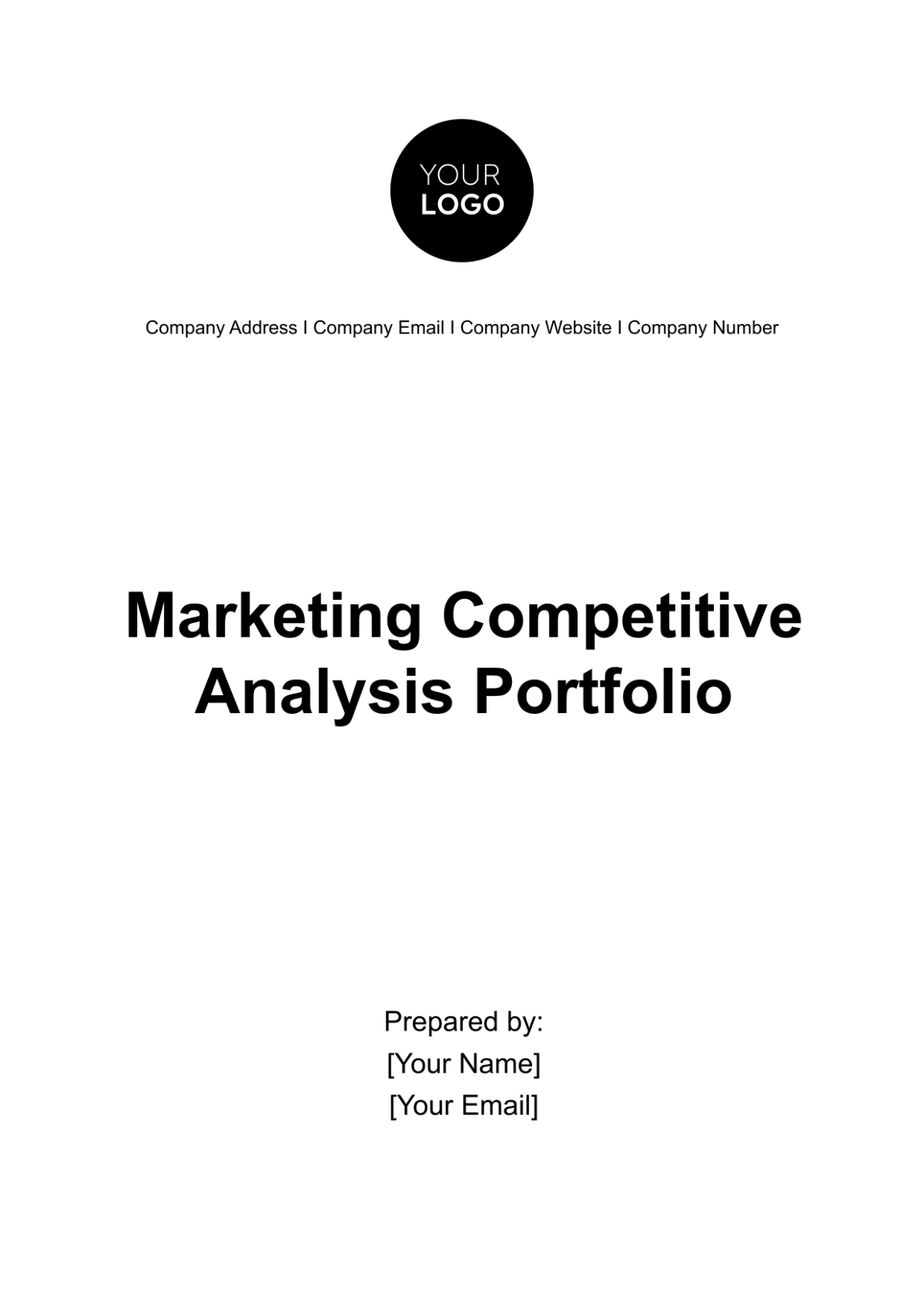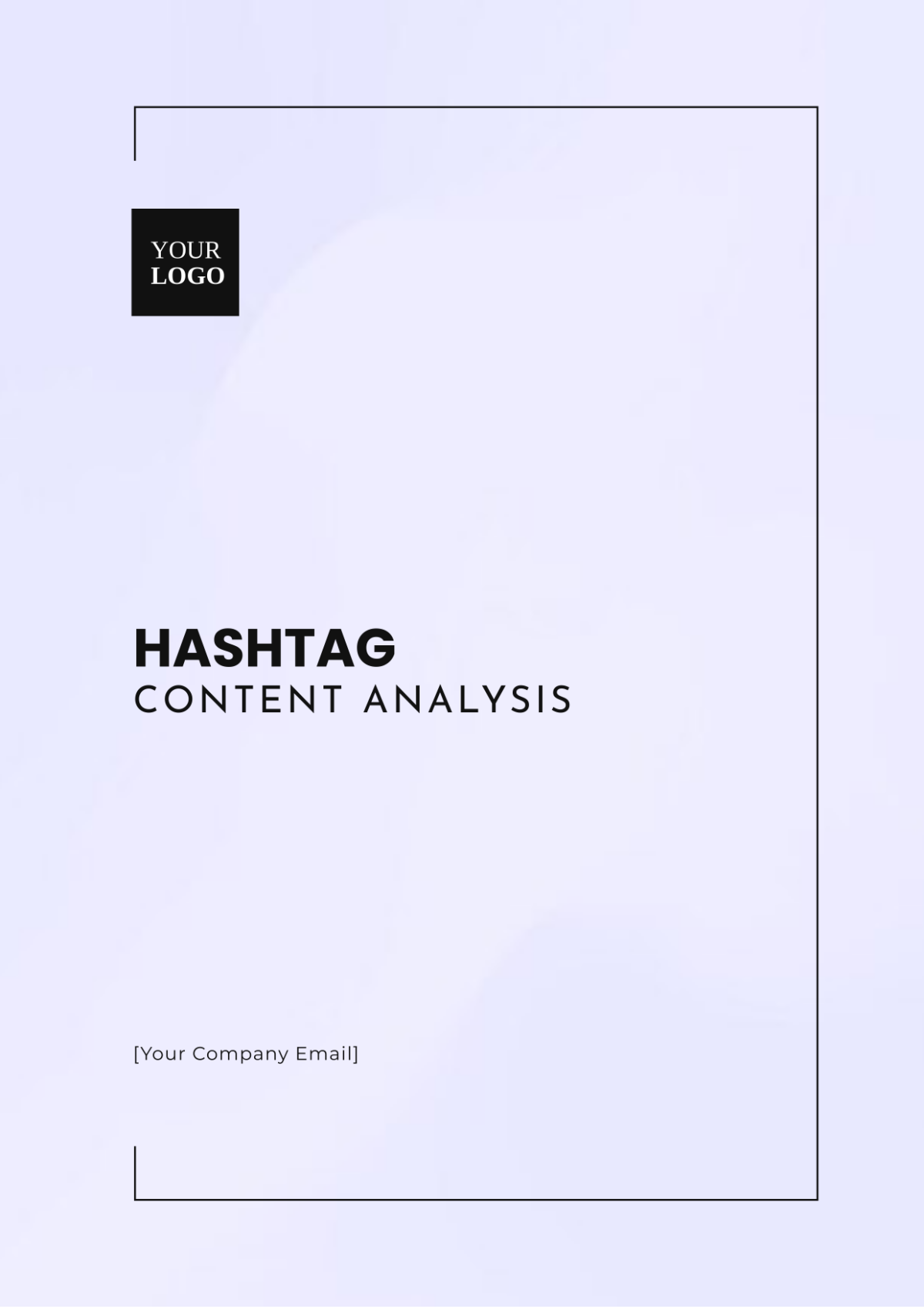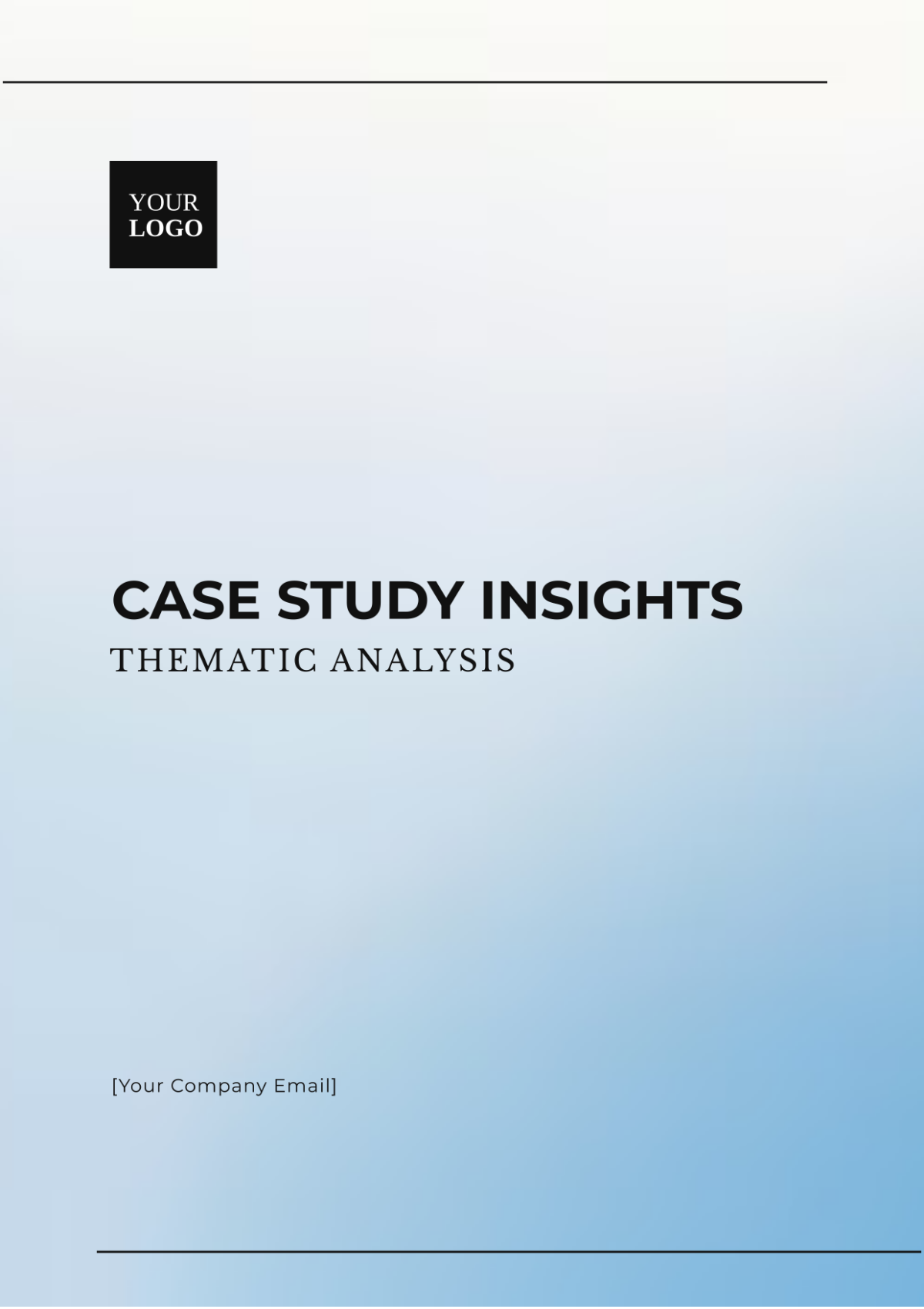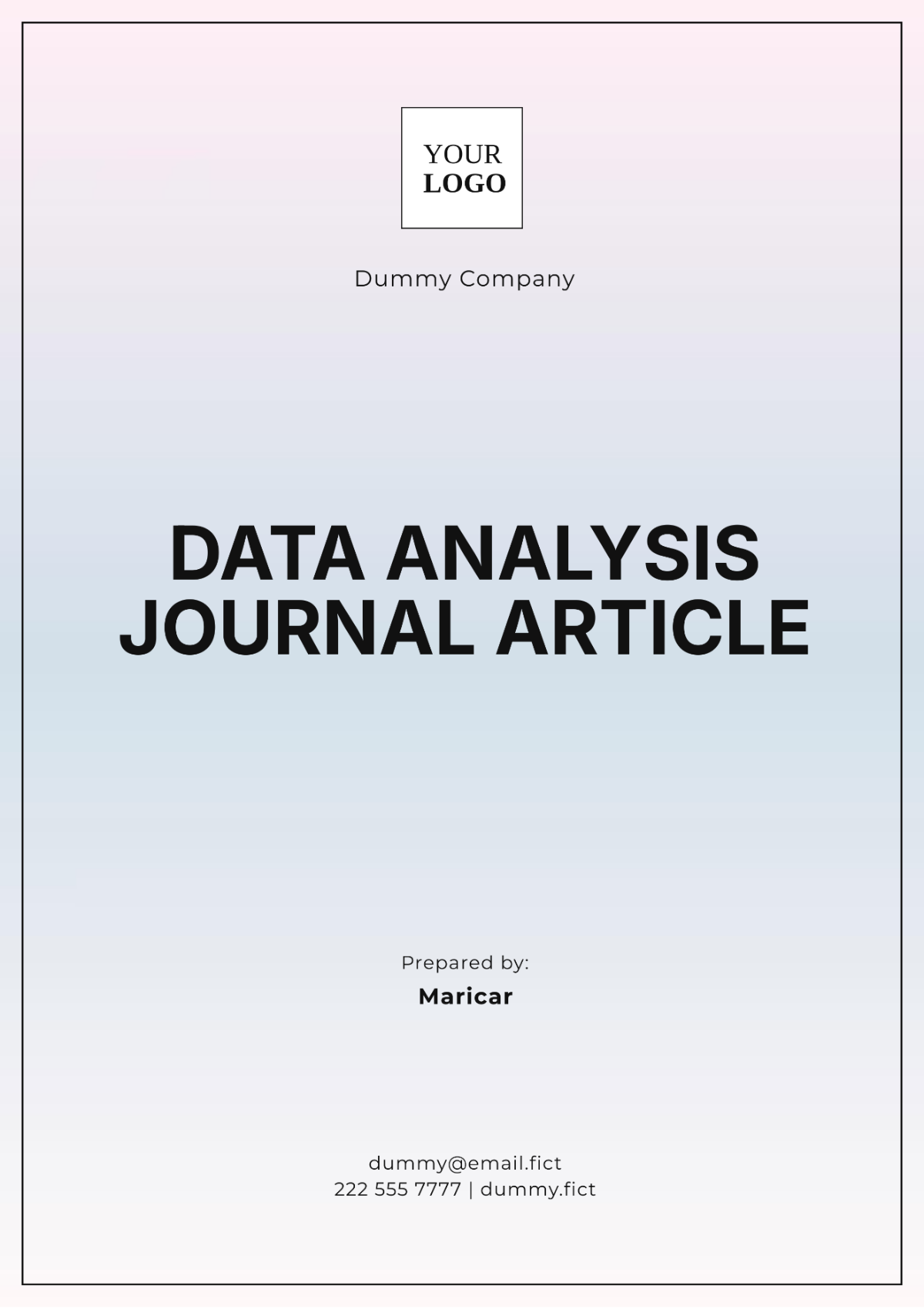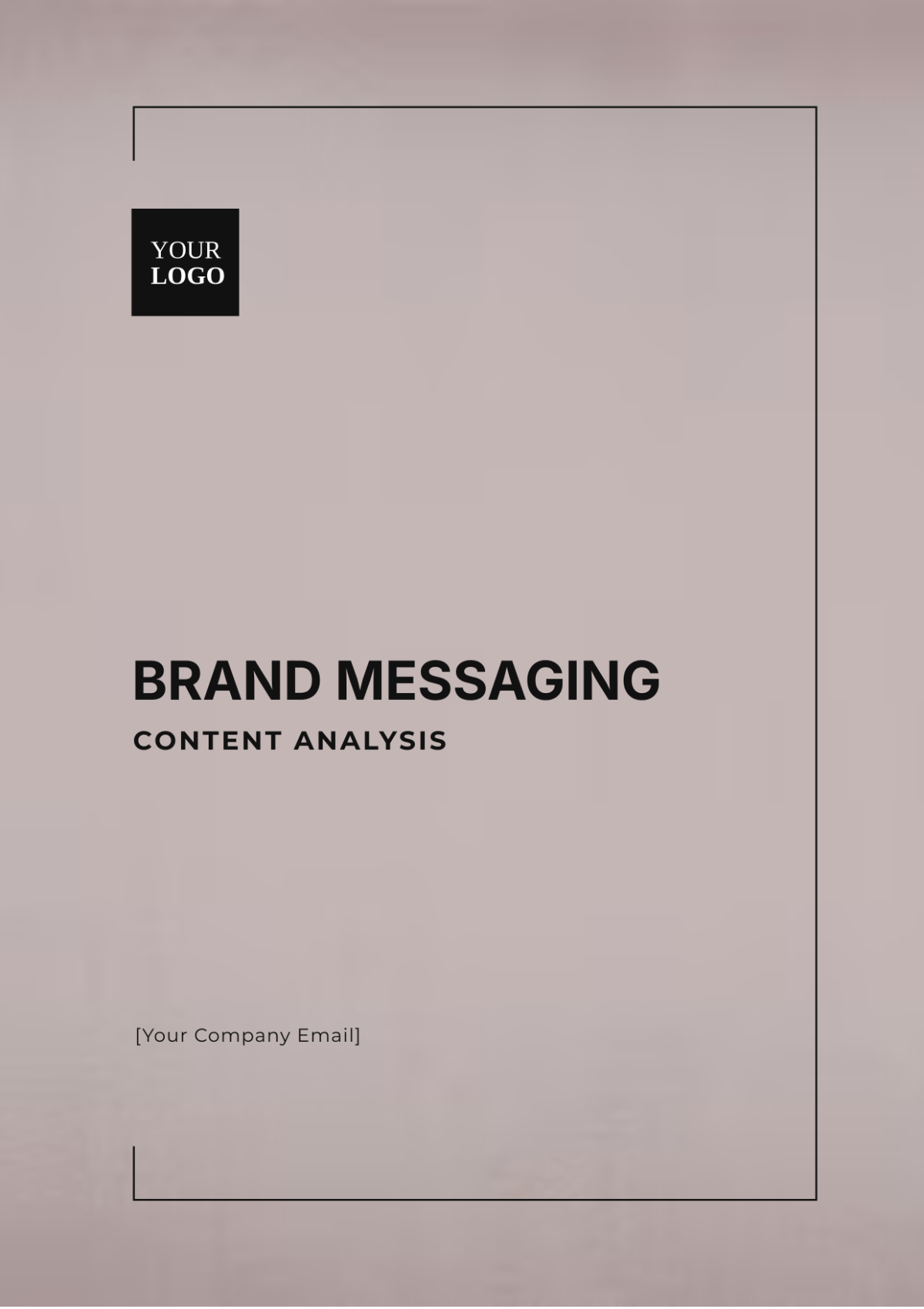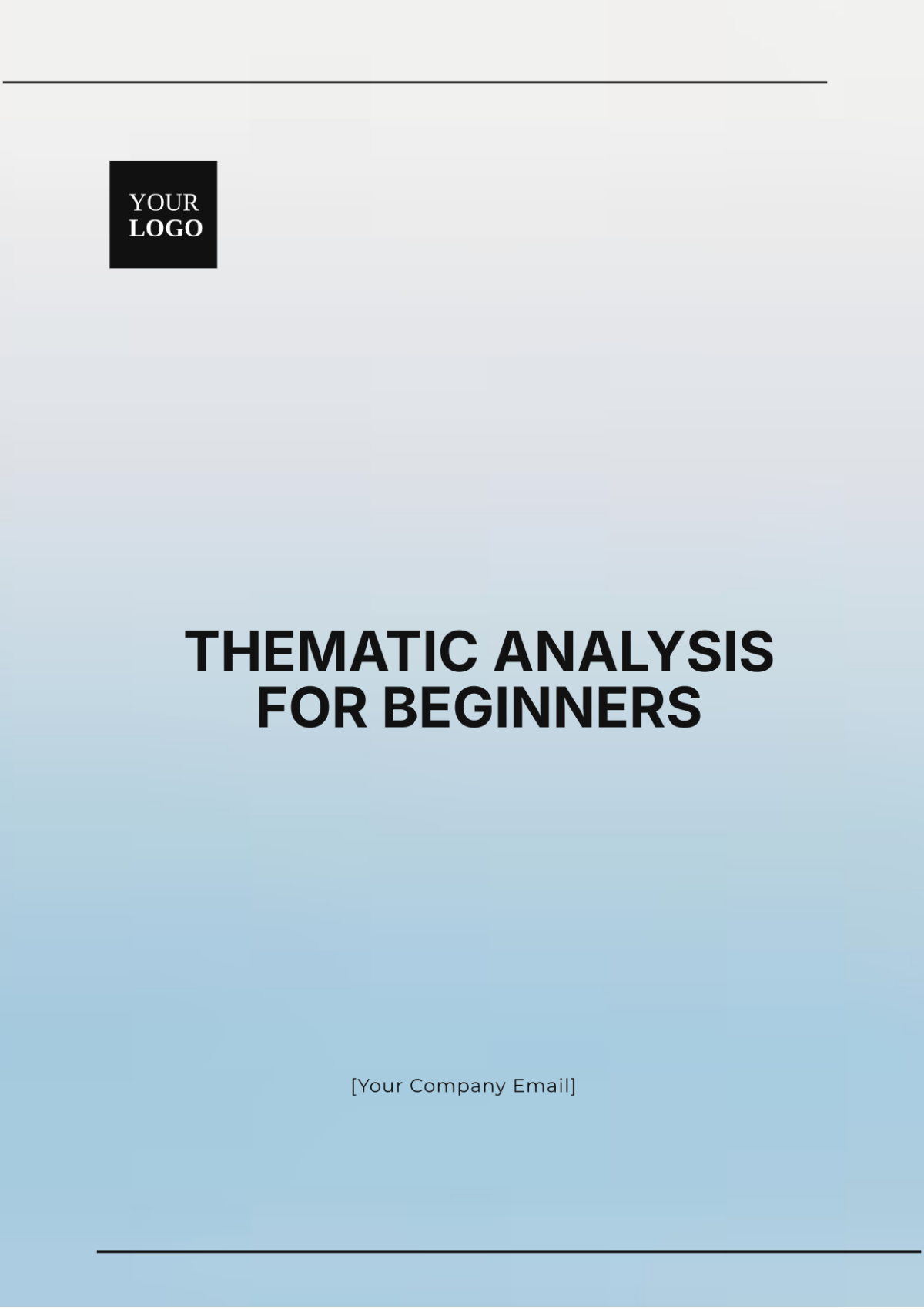Company Content Framework Analysis
Prepared By: [YOUR NAME]
Date: [DATE]
I. Executive Summary
The company’s existing content framework has several strengths and areas for improvement. Our comprehensive analysis reveals key findings and actionable recommendations to enhance content quality, relevance, and alignment with business goals. Notably, there are opportunities to bridge content gaps, optimize performance metrics, and better meet audience preferences. By implementing the suggested improvements, the company can significantly boost its content effectiveness and overall marketing strategy.
II. Content Inventory
Content Asset | Type | Format | Publication Date | Performance Metrics |
|---|---|---|---|---|
Blog Post: The Future of Marketing | Article | Text | 2050-01-15 | Views: 10,000, Engagement Rate: 15% |
Whitepaper: Market Trends 2053 | Research | 2053-02-10 | Downloads: 500, Shares: 60 | |
Webinar: SEO Best Practices | Video | MP4 | 2052-11-05 | Views: 2,000, Engagement Rate: 20% |
III. Content Assessment
Quality: Overall, the content maintains a high quality in terms of grammar, structure, and depth of information. However, consistency in tone and style across various assets could be improved.
Relevance: Content relevance is generally high, with most assets aligning well with the audience's interests. However, there is a need for more up-to-date content on emerging trends and technologies.
Performance Metrics
High-Performing Content:
Blog Posts: Achieve high engagement with significant view counts and interaction rates. The Future of Marketing received 10,000 views and a 15% engagement rate, reflecting its strong resonance with the audience.
Webinars: Perform well in viewership and engagement, such as SEO Best Practices, which had 2,000 views and a 20% engagement rate, indicating strong audience interest and participation.
Underperforming Content:
eBooks: Struggle with low engagement and download rates, suggesting a need for better content or promotion strategies.
Infographics: Fail to attract adequate interaction or shares, potentially due to ineffective content or promotion.
Actionable Insights:
For High-Performing Content: Invest further in successful blog topics and webinar formats, using insights to refine future content strategies.
For Underperforming Content: Review and revise eBooks and infographics to improve content and promotion, and explore new formats to enhance performance.
IV. Audience Analysis
The primary target audience comprises marketing professionals, business leaders, and consultants. Insights indicate a preference for detailed, actionable content that includes industry trends, case studies, and best practices.
Audience Type | Preferred Content |
|---|---|
Professionals | Blogs, Whitepapers, Webinars |
Business Leaders | Executive Summaries, Industry Reports |
Consultants | In-Depth Analyses, Whitepapers |
V. Gap Analysis
The results of the gap analysis indicate that there are multiple areas in which content development can be improved.
Emerging Trends: There is a noticeable deficiency in the available content that addresses the most recent trends and innovations within the industry.
Audience Engagement: There is a necessity to incorporate more interactive formats, such as quizzes and question-and-answer sessions, into the current system.
Content Variety: The lack of diverse visual and multimedia content is clear, showing a significant imbalance and underrepresentation in available types.
VI. Recommendations
To improve the overall content strategy, it is suggested that you take into account and give careful consideration to the following recommendations.
Update Frequency: Make sure to frequently review and refresh content that has been performing well to keep it up-to-date and relevant.
Interactive Content: Introduce more engaging formats such as interactive infographics and live Q&A sessions.
Diverse Media: Generate a diverse array of content formats, encompassing video tutorials, and podcasts among other types of media.
Consistent Tone: Establish consistent and uniform tone and style guidelines that should be applied uniformly to all content across the board.
VII. Content Strategy Alignment
The content strategy should support the company’s overarching business and marketing goals by:
Driving Engagement: Creating content that resonates with the target audience to increase engagement and loyalty.
Thought Leadership: Publishing in-depth, research-oriented content to establish the company as an industry leader.
Lead Generation: Requiring users to complete a form or give contact details to access exclusive content can turn website visitors into potential leads.
VIII. Action Plan
To effectively implement the recommendations, one should proceed by undertaking the following series of steps:
Content Audit: Conduct a comprehensive review of all existing content to carefully evaluate its relevancy and accuracy, and then update or correct any outdated or inaccurate materials.
Content Calendar: Create a comprehensive content calendar designed to meticulously plan and schedule both regular updates and fresh content releases.
Style Guide: Develop a style guide to ensure all content is uniform, consistent, and aligns with the brand's voice, covering writing, formatting, and design.
Performance Metrics: Establish KPIs to monitor content performance over time and adjust strategies based on insights.
By following this action plan, the company can effectively implement the recommended strategies and track progress over time.
